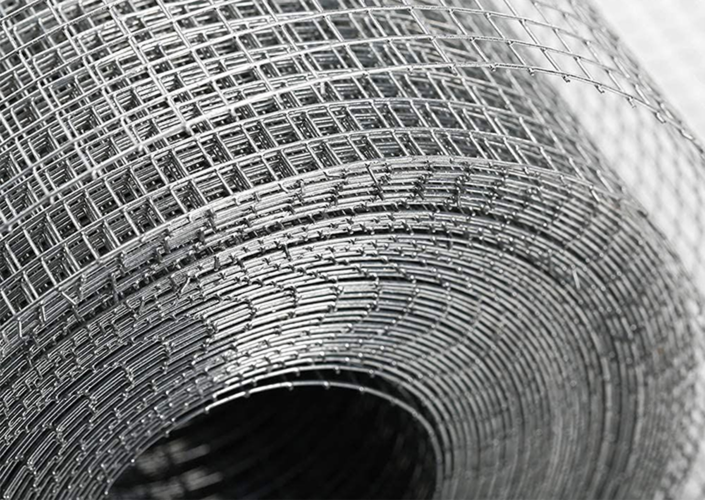woven vs welded wire mesh
Woven vs. Welded Wire Mesh Understanding the Differences and Applications
When it comes to choosing between woven and welded wire mesh, it is essential to understand their distinct characteristics, advantages, and applications. Both types of wire mesh are crucial in various industries, including construction, agriculture, and fencing, but their manufacturing processes and resulting properties differ significantly.
Manufacturing Process
Woven wire mesh is created by interlacing vertical and horizontal wires together. The wires are woven similarly to fabric, creating a flexible and adaptable material. The intersection points may be secured through knots or other forms of binding, which allows for a degree of give and flexibility in the mesh. On the other hand, welded wire mesh is constructed by electrically welding the intersection points of vertical and horizontal wires. This results in a more rigid and sturdy structure that can withstand higher levels of stress and strain.
Strength and Durability
One of the most significant differences between woven and welded wire mesh lies in their strength and durability. Welded wire mesh is generally considered stronger because of the welding process, which creates a solid bond at each connection point. This makes welded mesh ideal for heavy-duty applications, such as construction reinforcement, where structural integrity is paramount. In contrast, woven wire mesh, while still versatile, may not provide the same level of strength and support, making it better suited for lighter applications, such as fencing and light agricultural use.
Flexibility and Applications
woven vs welded wire mesh

Woven wire mesh is often prized for its flexibility. The interlaced design allows it to be used in various applications that require adaptability, such as filtration systems, sieves, and screens in different industries. Additionally, its lightweight nature makes it easy to handle and install, which is advantageous for temporary setups or lightweight structures.
Welded wire mesh, on the other hand, is favored for its rigidity, making it an excellent choice for applications where structural strength is critical. It is commonly used in concrete reinforcement, animal enclosures, and industrial fencing. Its robust nature is ideal for applications that require high durability and resistance to deformation.
Cost Considerations
Cost can also factor into the decision-making process when choosing between woven and welded wire mesh. Woven wire mesh is often more cost-effective for lighter applications, while welded wire mesh, due to the more complex production method, can be more expensive. However, considering the long-term durability and strength of welded mesh, it may represent better value for projects requiring substantial support.
Conclusion
In summary, the choice between woven and welded wire mesh largely depends on the specific needs of a project. Woven wire mesh offers flexibility and adaptability, while welded wire mesh provides superior strength and durability. Understanding these differences is crucial for making an informed decision that aligns with the requirements of your application, whether in construction, agriculture, or other industries.
-
Space-Saving Chain Fence Hacks Vertical Gardening with Cyclone MeshNewsJul.16,2025
-
Innovations in Iron Nail Wire Production for Modern ConstructionNewsJul.16,2025
-
Creative Uses of Wire Netting Fence in Modern Landscape DesignNewsJul.16,2025
-
Barbed Wire Fence Innovations in Anti-Climb TechnologyNewsJul.16,2025
-
Architectural Uses of Umbrella Nails for Aesthetic Roof DesignsNewsJul.16,2025
-
Architectural Uses of Razor Barbed Wire in Secure Urban DesignNewsJul.16,2025




